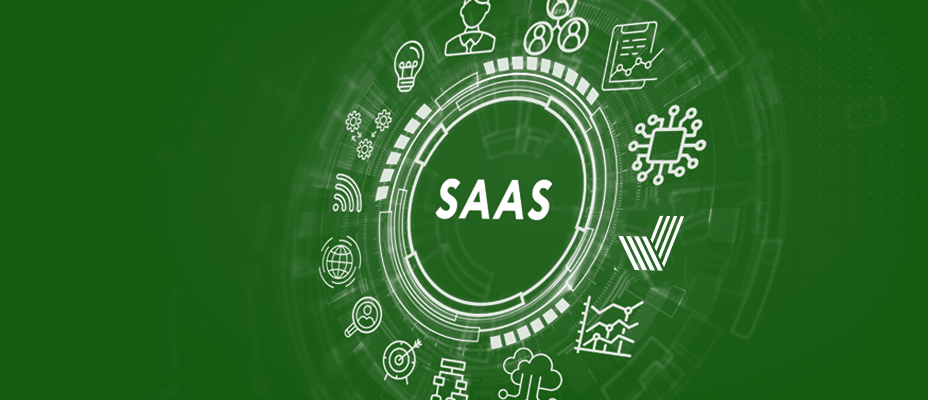Standardization is the key to creating a more efficient, flexible, and user-friendly SaaS ecosystem. The following post will cover the basics of standardization of SaaS solutions, why it matters, how everyone benefits from it, and how our team made it work here at Valuator.
Whether business owners care to admit it or not, IT is the beating heart behind almost every successful business. Different SaaS solutions are an integral part of how a business operates, and with a wide variety of them available on the market, it’s important to ensure that they can work well together.
Simply put, standardization in the SaaS industry provides great benefits when it comes to the following:
- Interoperability
- Data portability
- Integration
- Security
- Scalability
- UX
- Innovation
Why should SaaS solutions be standardized?
A great number of companies that grow and change over time, end up using several customized versions of the same software for different operations and tasks. Even if the said tasks are similar, chances are they are too different to be done on the same software, thus the need for a customized version. Sadly, this means that different departments of the same business aren’t necessarily able to share information, skills, and knowledge, even when using “the same” software.
This is where SaaS steps in and saves the day. With SaaS solutions, users from different departments and even different branches of the same big corporation, can share valuable information and data.
Ensuring interoperability
When adhering to strict standards, you are ensuring that different SaaS apps are able to work together without any issues. With this, users find it easier to integrate different apps, thus creating an effective and efficient software ecosystem. This is especially important for businesses that use multiple SaaS solutions in their work.
Enabling easy data portability
Through standardization, the movement of data between different SaaS apps runs seamlessly. This allows users to easily switch between SaaS providers without having to sacrifice a lot of time or having to adjust their work methods.
Allowing better integration
It’s not uncommon for a business to have to integrate different SaaS apps with other systems, but with standardization, this process becomes simple and easily manageable. This means that both SaaS providers and users will be able to connect their apps with different third-party tools or in-house systems.
Enhancing security
When it comes to security and safety, standards are very high, which is understandable. Standardization in security translates into SaaS providers adhering to strict laws and guidelines, implementing robust security practices, and fiercely protecting user data while simultaneously ensuring compliance with strict industry regulations and standards.
Providers have to adopt nationally and internationally recognized frameworks, implement encryption and privacy measures, enforce strict access controls, conduct thorough regular audits, follow specific coding practices, and have incident response procedures set in place.
Offering scalability
Standardized practices contribute to the scalability of SaaS solutions. As organizations grow, they may need to scale their SaaS usage or switch to different providers. Standardization streamlines these processes, making it easier for organizations to adapt to changing requirements and scale their software solutions.
Guaranteeing good UX
With standardization, SaaS providers can do their part in contributing to a more consistent and user-friendly experience. Users find it easier to navigate and use software in different SaaS apps when there are common (and familiar) design principles and user interface standards. With such consistency and convenience, user satisfaction is almost always guaranteed.
Encouraging innovation and development
There is a belief that by adhering to certain standards, you are going to stifle creativity and slow down the innovation process in the SaaS industry. Surprisingly, the opposite happens to be true. Established standardization and sets of rules happen to be an excellent ground for further development and innovation. With a set of basic rules and standards in place, developers can shift their focus to improving functionality and building new features instead of having to spend a lot of time on basic compatibility issues.
How Valuator’s hard work got recognition
In the SaaS industry, standards are very high, and to be able to meet them, you have to put in a lot of hard work and effort. By adhering to strict standardization levels, we have ensured that Valuator meets specific quality, safety, efficiency, and interoperability requirements.
Once you meet the standards, the following step is to get proper certification, and this is where Valuator is at the moment. We hold two different certificates: ISO 27001:2013 as well as ISO 9001:2015. These provide not only proof that you have adhered to guidelines and rigorous standards, but they also assure our partners, clients, and users that Valuator is a reliable and trustworthy software.

Leave a Reply